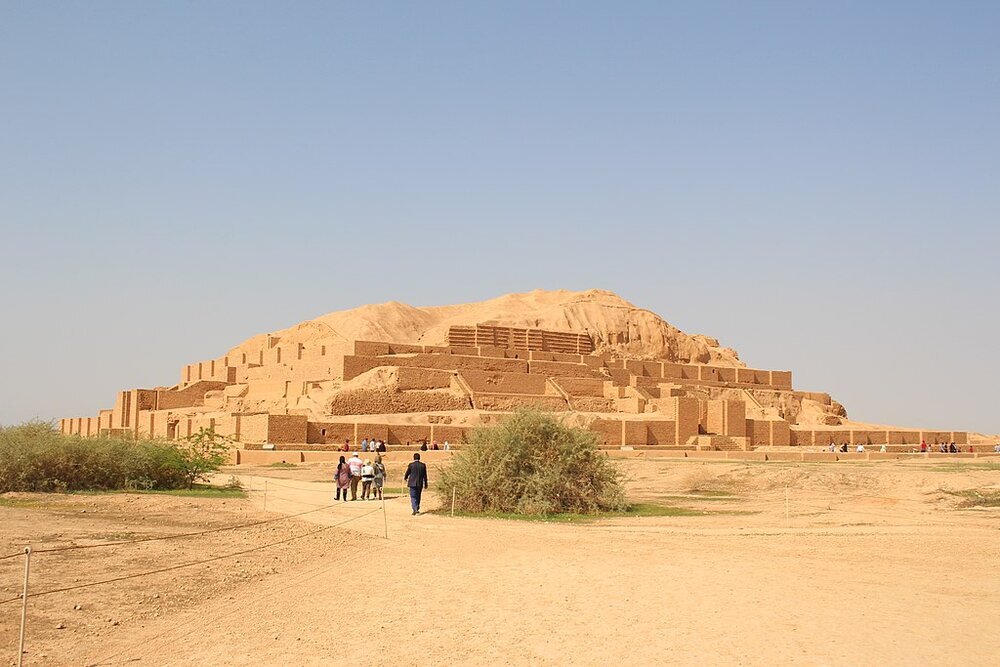Foreign sightseers outnumber domestic fellows in Tchogha Zanbil

TEHRAN– Foreign travelers visiting Tchogha Zanbil are more in number than domestic sightseers coming to tour the important UNESCO-designated site, the director of the World Heritage site has said.
“Overall, the number of foreign tourists paying visits to Tchogha Zanbil is [typically] more than Iranian tourists,” ILNA quoted Atefeh Rashnoei as saying on Tuesday.
“Sometimes two buses of foreign tourists come to this complex… However, most of our domestic sightseers come from neighboring provinces,” the official said.
The majority of foreign travelers to Tchogha Zanbil are from Europe. In addition, it draws visitors from Russia and Persian Gulf littoral states, among other corners of the globe, she explained.
“Some of these tourists choose this complex just to visit a World Heritage site, without knowing much about it beforehand.”
Tchogha Zanbil is amongst the topmost tourist attractions in southwest Iran, as it is considered by many the finest surviving example of Elamite architecture in the globe.
magnificent ruined ziggurat bears testimony to the unique expression of the culture, beliefs, rituals, and traditions of one of the oldest indigenous communities of the Iranian plateau.
Inscribed on the UNESCO World Heritage list in 1979, the ziggurat overlooks the ancient city of Susa (near modern Shush) in the modern Khuzestan province.
Its construction started in c. 1250 BC upon the order of the Elamite king Untash-Napirisha (1275-1240 BC) as the religious center of Elam dedicated to the Elamite divinities Inshushinak and Napirisha.
UNESCO says that Tchogha Zanbil is the largest ziggurat outside of Mesopotamia and the best preserved of this type of stepped pyramidal monument.
The Elamite structure was given a facing of baked bricks, several of which have cuneiform characters giving the names of deities in the Elamite and Akkadian languages.
It was never been completed as thousands of unused bricks left at the premises testify. Tchogha Zanbil was excavated in six seasons between 1951 and 1961 by Roman Ghirshman, a Russian-born French archeologist who specialized in ancient Iran.
AFM
Leave a Comment